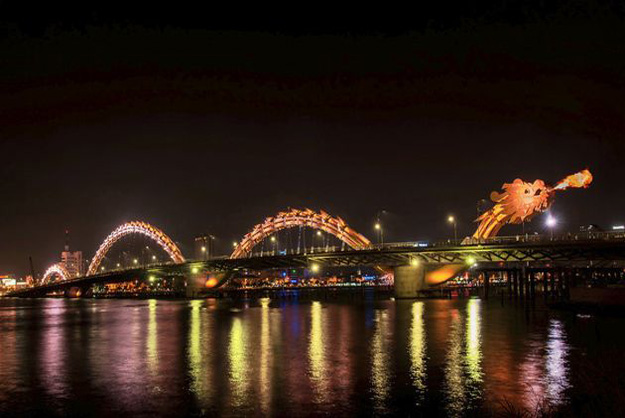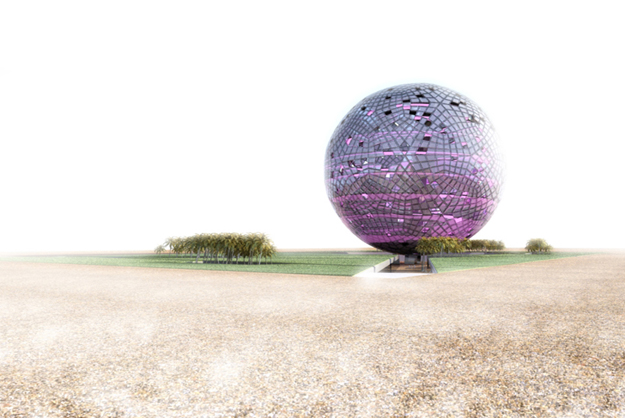Cities and cultures invariably craft ways to express their identity in visceral ways. The most revered of these public statements become a point of pride in the community and a compelling destination for visitors, according to a recent PSFK Labs article. Supported by the evolution of digital LED technology, we’ve witnessed a number of creative uses of light to achieve iconic status through blending elements of a culture with the unique deployment of light. These installations work to capture the permanence of a place and maintain ties to tradition, all while pointing to new and cutting edge technology and signaling a optimistic outlook of innovations still to come.
In a trend we are calling City Branding, PSFK Labs has noticed that designers are breathing new life into buildings and urban infrastructure through the construction of dynamic lighting displays that add iconic elements to their home cities. Whether they are instantly recognizable landmarks or new designs, light is being used as a signpost to draw attention to unique aspects of a city’s character. By creating scalable, visual displays, these initiatives offer artists and designers a blank canvas for their creative reinterpretation and reinvention of familiar cityscapes.
 |
|
Situated in Da Nang, a city in central Vietnam, the Dragon Bridge designed by American engineer and archietecture firm Louis Berger uses 15,000 Philips LED lights. (Photo Courtesy of PSFK Labs) |
One example of this trend can be found in Da Nang, a city in central Vietnam. American engineering and architecture firm Louis Berger has constructed a new bridge in the shape of a dragon, which is lit up using LEDs and breathes huge balls of fire and water. The Dragon Bridge, as it is called is lit up by 15,000 Philips LED lights, and was built in celebration of the 38th anniversary of of the city’s liberation during the Vietnam War. The bridge connects Da Nang International Airport with the city’s most popular beaches and the downtown area and is modeled on the dragon of the Lý Dynasty, which is known in Vietnamese folklore for flying to the sea and bringing good luck.
As the global population increases, creating an identity that will attract business and tourism and bring communities together is another growing challenge for cities,” says, senior director of Energy and Climate Change at Philips Lighting. “Sustainable energy efficient lighting helps cities express their unique identities and truly shine on the global map, making them safe, cost-effective, connected and beautiful.”
 |
|
Qatar will be constructing a light-up crystal ball as the landmark feature for the 2022 FIFA World Cup. (Photo Courtesy of PSFK Labs) |
In another example of City Branding, Qatar has announced plans to construct an enormous, light-up crystal ball as the landmark feature for the 2022 FIFA World Cup. Created by architects Vedran Pedišić and Erick Velasco Farerra, the structure will house a sports museum and a shopping center, and is designed to transform into a glowing orb as soon as the sun goes down. The orb body rests on the vertical axis, and spins gradually in a spiral path, transforming both interior and exterior environments with the change of light. During the day, its crystallized exterior will reflect the rise of the sun, filtering daylight into the building’s interior.
The Qatar crystal ball and Dragon Bridge are breathing new life into a cityscape by tapping into the novel ways that light can help embody the identify of a place. Perhaps one day cities could leverage the creative talents of their residents and highlight local culture by creating open access spaces/billboards where local artists and designers could showcase their light projects.
These examples fall into a larger theme we are calling Illuminated Expression, which explores how scalable lighting technologies are making it possible for individuals, brands and entire cities to visually express their identity and imagination and communicate their vision to the wider community.













